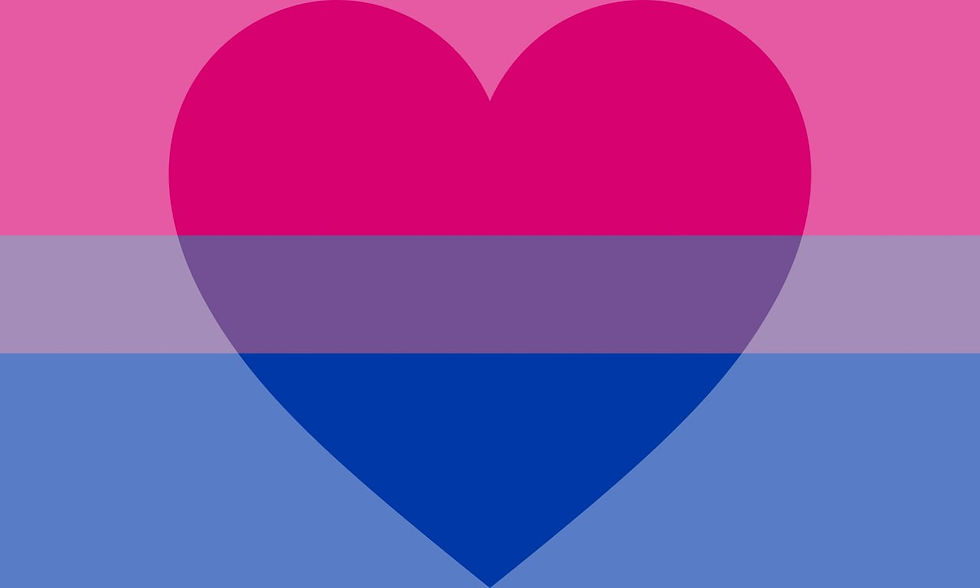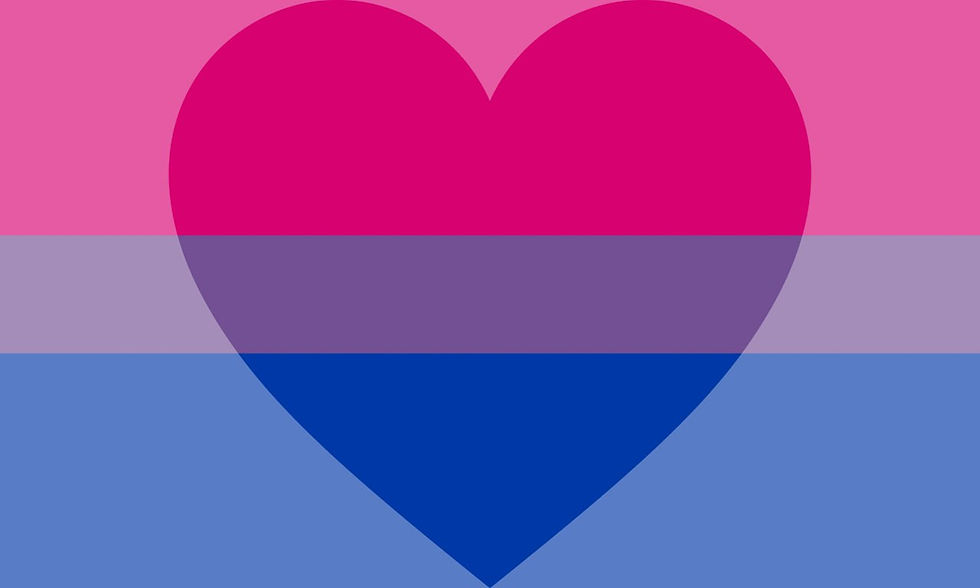Biromantic vs Bisexual: Clarifying the Distinct Identities of Multi-Gender Attraction
- Sir Eric

- Aug 2
- 4 min read
Navigating the world of romantic identities can feel like a maze, especially when terms like biromantic and bisexual come into play. These identities, both dealing with multi-gender attraction, often get mixed up, even though they tell unique stories about how people love. Biromanticism specifically refers to romantic attraction to more than one gender, carving out its niche separate from bisexuality, which covers both romantic and sexual attractions. Understanding these distinctions is key, not just for individuals on their journeys, but also for educators, allies, and the broader LGBTQ+ community. By shining a light on the biromantic experience, we can better appreciate the diversity of relationships and the nuances of attraction that enrich our social fabric.

Understanding Biromanticism
Biromanticism is a fascinating aspect of the spectrum of romantic orientations. It focuses on the romantic attraction to more than one gender, offering a unique perspective within the LGBTQ+ community. This section delves into what it means to be biromantic and the characteristics that define multi-gender attraction.
Defining Romantic Orientation
Romantic orientation describes who someone is romantically attracted to, distinct from sexual attraction. For instance, a person might be biromantic, meaning they experience romantic feelings for more than one gender, but not necessarily sexual attraction. Understanding these nuances is crucial for a more comprehensive view of romantic identities.
Biromantic individuals often find themselves explaining their orientation in a world that frequently prioritizes sexual attraction. According to WebMD, romantic orientation is an essential component of one's overall identity, helping shape how relationships are formed and maintained.
In essence, romantic orientation is about the type of emotional connection one seeks, separate from the physical aspects of a relationship. This separation can help individuals better understand their desires and communicate them to potential partners.
Characteristics of Multi-Gender Attraction
Multi-gender attraction involves being drawn to more than one gender romantically. This attraction can manifest in various ways, depending on individual experiences and preferences. According to Verywell Mind, some key characteristics of biromantic attraction include openness to diverse relationships and a broad understanding of gender.
People with this orientation might feel a deeper connection to the emotional and intellectual aspects of their partners, regardless of gender. This can lead to forming unique bonds that transcend traditional gender norms.
Multi-gender attraction enriches one's romantic life by allowing for a wider array of potential partners. It challenges the binary view of relationships, promoting a more inclusive understanding of love and connection.

Biromantic Challenges
Living as a biromantic individual presents its own set of challenges. From societal expectations to the need for representation, biromantic people often navigate complex social dynamics. This section explores these challenges and highlights the importance of representation in love.
Navigating Binary Norms
Biromantic individuals often encounter binary norms that limit the expression of their romantic orientation. Society tends to categorize relationships as either heterosexual or homosexual, leaving little room for those who experience attraction to multiple genders.
Navigating these norms requires resilience and self-awareness. Many biromantic people face invalidation, as their orientation is sometimes dismissed as confusion or a phase. According to LGBTQIA Wiki, these challenges can significantly impact one's self-esteem and mental health.
To manage these challenges, biromantic individuals might seek supportive communities and resources that affirm their identity. Understanding and patience from loved ones are also crucial in fostering an inclusive environment.
Importance of Representation in Love
Representation in media and society provides validation and acceptance for biromantic individuals. Seeing oneself reflected in popular culture can offer a sense of belonging and normalize diverse romantic orientations.
Representation helps dismantle stereotypes and educates others about the nuances of multi-gender attraction. According to Orientation Fandom, showcasing diverse romantic identities encourages empathy and understanding within the broader community.
By highlighting biromantic experiences, we can help create a world where everyone feels seen and valued. This representation is essential for building inclusive communities that celebrate the diversity of love.

Biromantic vs Bisexual
While both biromanticism and bisexuality involve multi-gender attraction, they differ in significant ways. This section clarifies these differences and explores how they contribute to the diversity of relationships and attraction.
Clarifying Romantic Identities
Biromantic and bisexual identities often get conflated, but they represent distinct aspects of attraction. Biromanticism focuses on romantic feelings toward more than one gender, while bisexuality encompasses both romantic and sexual attractions.
Aspect | Biromantic | Bisexual |
Type of Attraction | Romantic Only | Romantic and Sexual |
Focus | Emotional Connection | Emotional and Physical |
Understanding these differences helps in recognizing the unique experiences of each orientation.
Diversity of Relationships and Attraction
diversity of relationships offered by biromantic and bisexual orientations enriches the fabric of society. People with these identities often experience a wider range of emotional connections, enhancing their understanding of love.
Biromantic individuals can form deep, emotionally fulfilling relationships with multiple genders.
Bisexual people access both romantic and physical attractions, broadening potential partner dynamics.
This diversity emphasizes the need for more inclusive dialogues about love and attraction. By acknowledging these varied romantic identities, society can foster a more empathetic and understanding environment.
In conclusion, differentiating between biromanticism and bisexuality is crucial for a complete understanding of multi-gender attraction. By exploring the unique aspects of biromantic identity, addressing the challenges faced within binary norms, and emphasizing the importance of representation, we can foster a more inclusive and empathetic society. Recognizing the distinct romantic and sexual facets of these identities enriches our collective understanding of love and attraction, paving the way for a world where all forms of connection are celebrated and valued.



Comments